There’s a special kind of magic in watching your garden come alive with the hum of bees and the flutter of butterflies. Whether you’re just planting your first seeds or you’re a seasoned green thumb, choosing the right flowers can transform your garden into a vibrant oasis that not only dazzles the eye but also supports essential pollinators. “Best Flowers for Pollinators” is your guide to selecting plants that will attract and nurture these vital creatures, ensuring your garden thrives with life and color.
In this guide, you’ll discover a carefully curated list of flowers that are as beneficial as they are beautiful. Each plant has been selected for its ability to draw in pollinators, offering you the practical satisfaction of a garden that looks stunning and supports the environment. By following our tips and recommendations, you’ll gain the confidence to create a garden that’s not only a feast for the senses but a vital sanctuary for pollinators. Let’s embark on this journey together, and watch your garden flourish like never before!
Bee Balm (Monarda didyma)
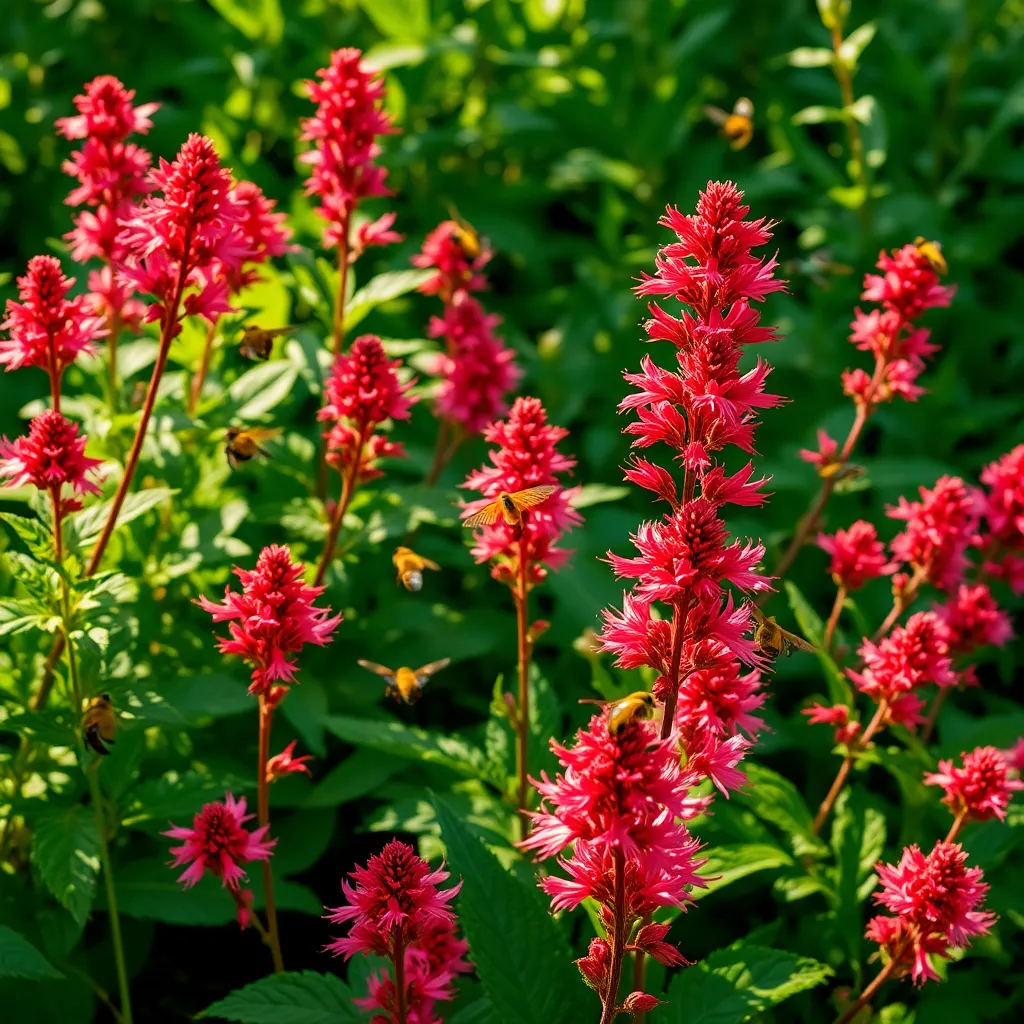
Bee Balm, or Monarda didyma, is a vibrant perennial that adds a burst of color to any garden while attracting pollinators like bees, butterflies, and hummingbirds. Known for its striking red blooms, Bee Balm thrives in full sun and well-drained soil, making it a fantastic addition to a pollinator-friendly garden.
To ensure healthy growth, plant Bee Balm in a location that receives at least six hours of sunlight each day. Regular watering is essential, especially during dry spells, to keep the soil consistently moist but not waterlogged.
Beginner gardeners will find Bee Balm easy to propagate by dividing clumps every two to three years in early spring. For more experienced gardeners, consider deadheading spent blooms to encourage a second wave of flowering and prevent unwanted self-seeding.
To prevent powdery mildew, a common issue with Bee Balm, ensure good air circulation by spacing plants about 18 inches apart.
- Avoid overhead watering
- Water at the base of the plant
- Consider using a drip irrigation system
to keep the foliage dry and reduce disease risk.
Black-eyed Susan (Rudbeckia hirta)
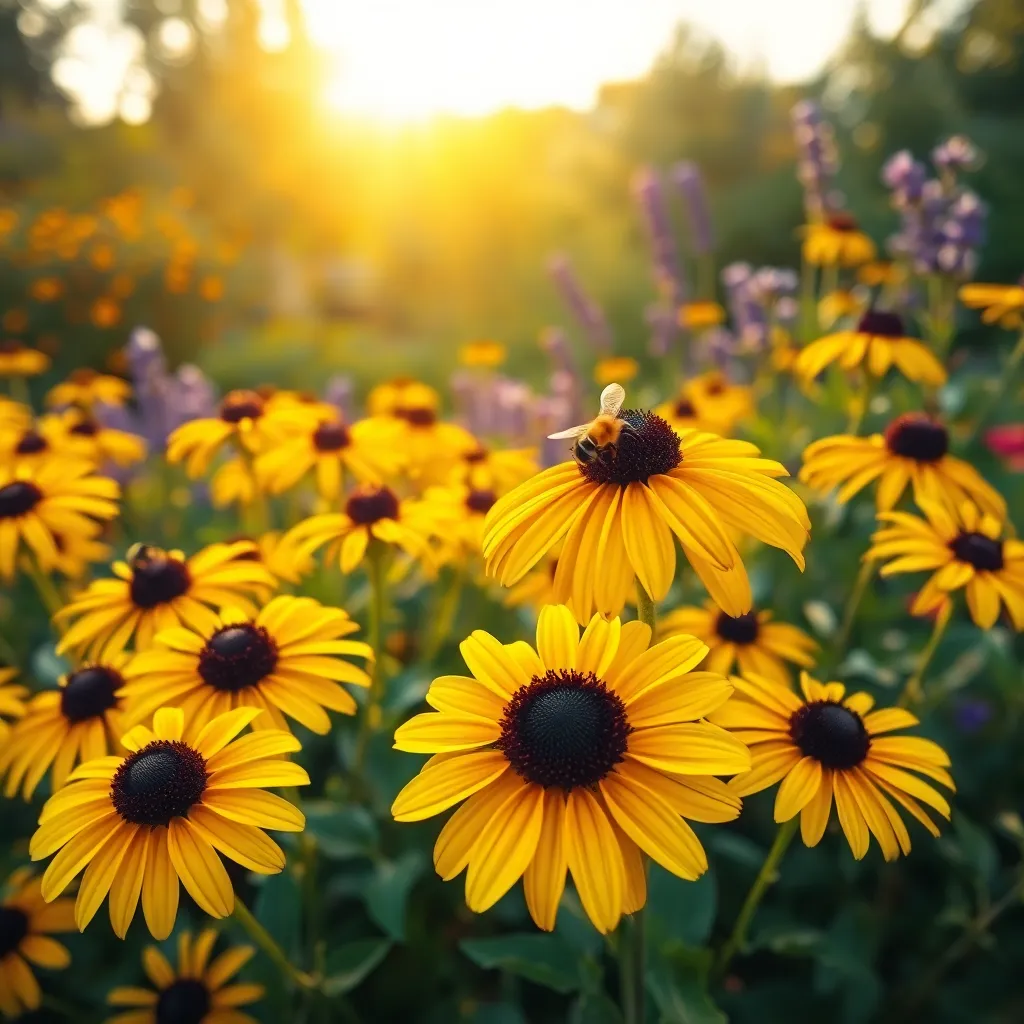
Black-eyed Susan (Rudbeckia hirta) is a vibrant perennial known for its bright yellow petals and dark brown centers, making it a magnet for pollinators. This hardy plant thrives in full sun and well-drained soil, providing a continuous bloom from mid-summer to early fall.
For gardeners seeking a low-maintenance flower, Black-eyed Susan is an excellent choice. Watering should be moderate, ensuring the soil remains moist but not waterlogged, especially during dry spells.
To encourage robust growth and more blooms, deadhead the flowers regularly. This simple practice not only prolongs the blooming season but also prevents the plant from self-seeding excessively, keeping your garden tidy.
Advanced gardeners can experiment with companion planting to enhance the benefits of Black-eyed Susan. Pairing them with pollinator-friendly plants like coneflowers or lavender can create a dynamic habitat that supports bees and butterflies.
Purple Coneflower (Echinacea purpurea)
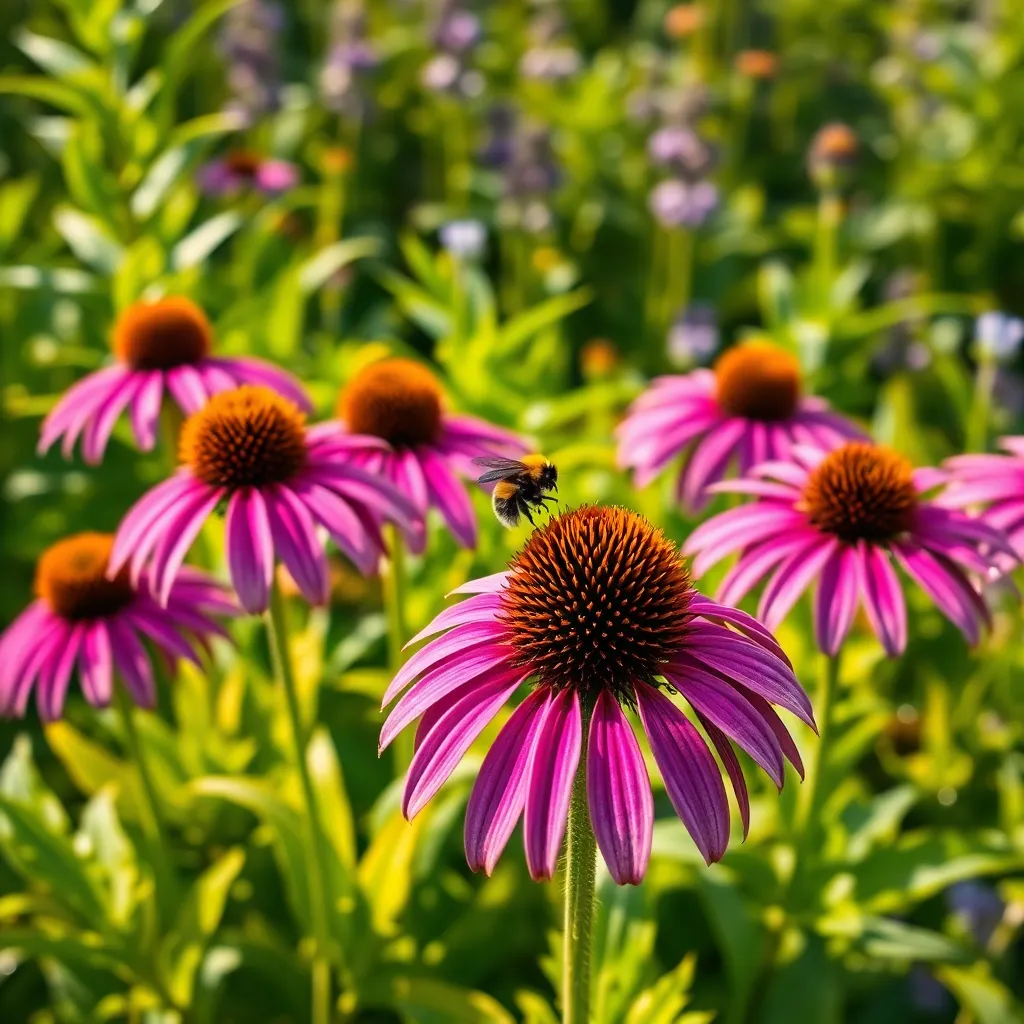
Purple Coneflower, or Echinacea purpurea, is a must-have for gardeners looking to attract pollinators. Known for its stunning purple petals and prominent cone, this plant is both beautiful and beneficial.
To successfully grow Purple Coneflower, choose a location with full sun exposure. These perennials thrive in well-drained soil and appreciate a little extra sand or grit mixed into the planting area for optimal drainage.
Once established, Echinacea purpurea is quite drought-tolerant, making it an excellent low-maintenance choice. Water deeply but infrequently, allowing the soil to dry out between waterings to prevent root rot.
For those looking to maximize flowering, deadhead spent blooms regularly to encourage further blooming throughout the season. Additionally, dividing the plants every 3-4 years in early spring can help maintain their vigor and prevent overcrowding.
Butterfly Bush (Buddleja davidii)
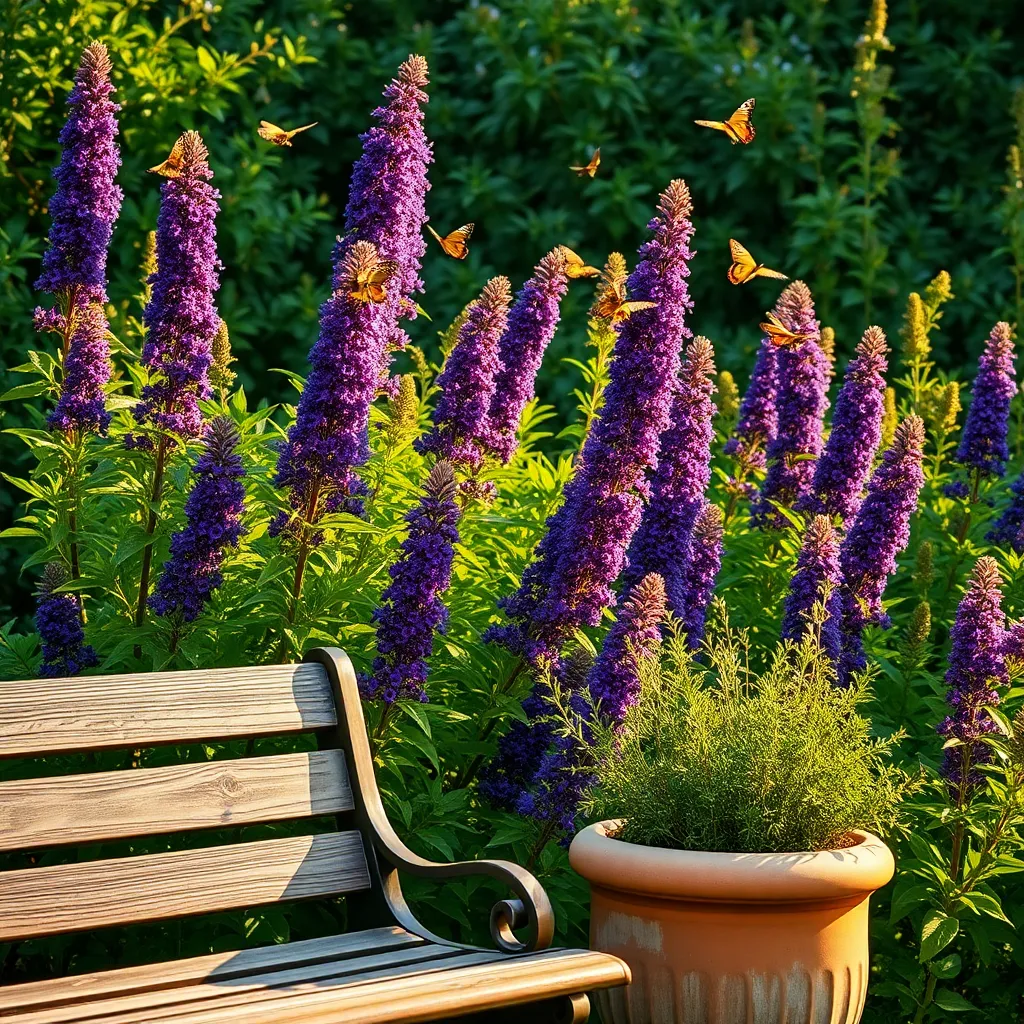
Butterfly Bush (Buddleja davidii) is a magnet for pollinators, attracting a wide variety of butterflies and bees with its fragrant, colorful blooms. This deciduous shrub thrives in full sun and prefers well-drained soil, making it an excellent choice for gardeners looking to enhance their pollinator-friendly landscapes.
To get the most out of your Butterfly Bush, plant it in a location that receives at least six hours of sunlight per day. Regular watering is crucial, especially during the first growing season, to help establish a strong root system; however, once established, it is relatively drought-tolerant.
Pruning is essential for maintaining the health and appearance of your Butterfly Bush. In early spring, cut back the plant to about 12 inches above the ground to encourage vigorous growth and abundant flowers. This practice not only promotes a bushier plant but also helps prevent it from becoming too leggy and ensures a robust display of blooms throughout the summer.
For gardeners looking to add a splash of color and life to their gardens, consider the different varieties of Butterfly Bush available, ranging from deep purples to vibrant pinks and whites. These shrubs can also adapt well to various garden styles, from formal settings to more naturalistic designs, providing versatility and beauty in your outdoor space.
Mexican Sunflower (Tithonia rotundifolia)
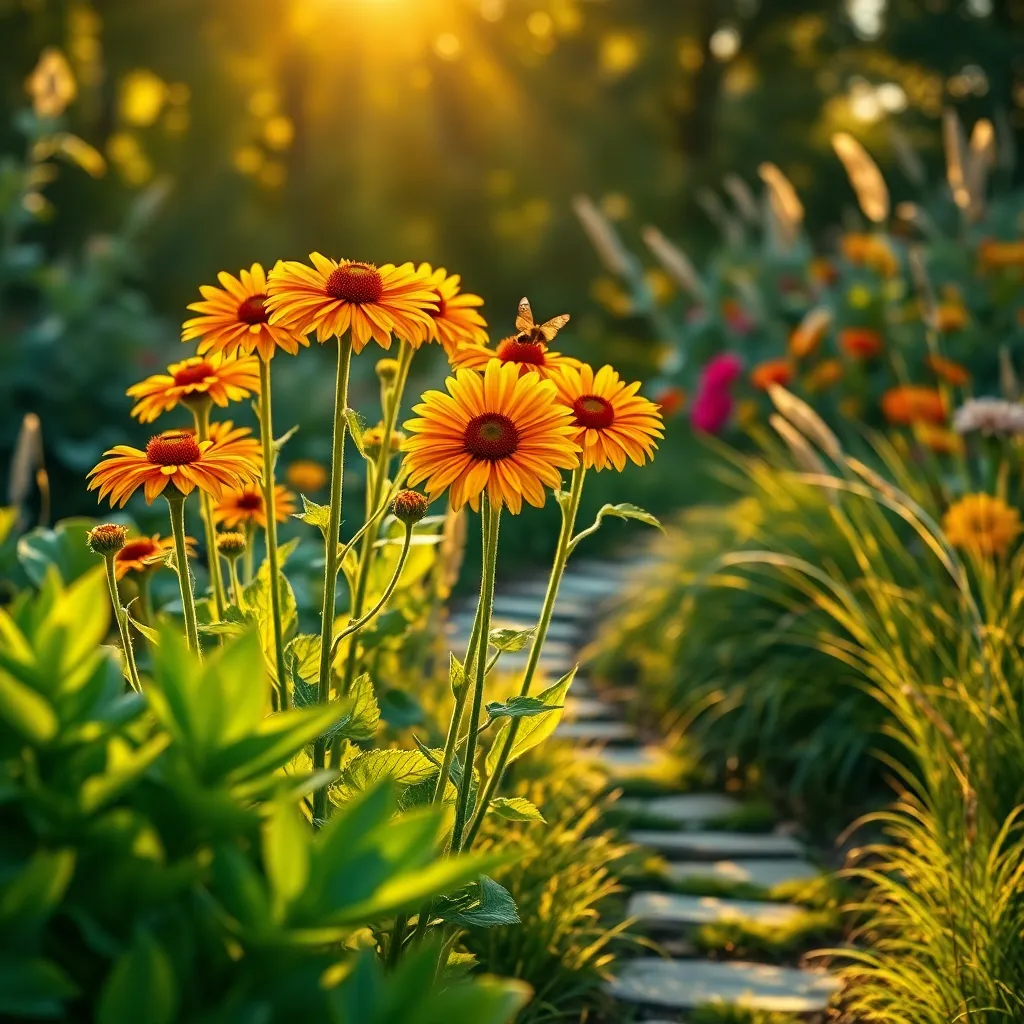
Mexican Sunflower, known scientifically as Tithonia rotundifolia, is a vibrant addition to any pollinator-friendly garden. These striking orange blooms can reach heights of up to six feet, creating a stunning backdrop that attracts butterflies, bees, and hummingbirds.
To grow Mexican Sunflowers successfully, choose a location with full sun exposure, as they thrive in bright and warm environments. Plant them in well-draining soil, enriched with organic matter for optimal growth, and ensure the soil is kept moderately moist but not waterlogged.
Once established, Mexican Sunflowers are relatively drought-tolerant, requiring minimal watering, which makes them an excellent choice for low-maintenance gardens. However, during prolonged dry spells, it’s beneficial to provide them with a deep watering once a week to support their lush blooms.
For gardeners looking to extend the flowering period, deadheading the spent blooms will encourage new growth. Advanced gardeners can consider staking taller plants to prevent them from toppling over in strong winds, ensuring their garden remains tidy and flourishing.
Conclusion: Growing Success with These Plants
In exploring the ‘Best Flowers for Pollinators,’ we’ve delved into five key relationship concepts: the importance of mutual support, the beauty of diversity, the role of timing, the necessity of space, and the value of commitment. Just as pollinators and flowers thrive through these principles, so too can our relationships. Mutual support fosters growth, diversity enriches our experiences, timing ensures harmony, space allows for individual growth, and commitment nurtures longevity.
As an immediate next step, consider planting a small garden or even a single pot of pollinator-friendly flowers. This simple act serves as a living reminder of these relationship principles, and invites nature’s pollinators to flourish alongside you.
Don’t forget to bookmark this article. It’s a resource you’ll want to revisit, especially when seeking inspiration on how nature can guide your relationships toward success.
Looking ahead, remember that just as a well-tended garden blossoms with time, effort, and care, so too can your relationships. Embrace these natural principles, and watch your connections thrive. Save this article as your go-to guide, and empower yourself to cultivate deeper, more meaningful relationships.
